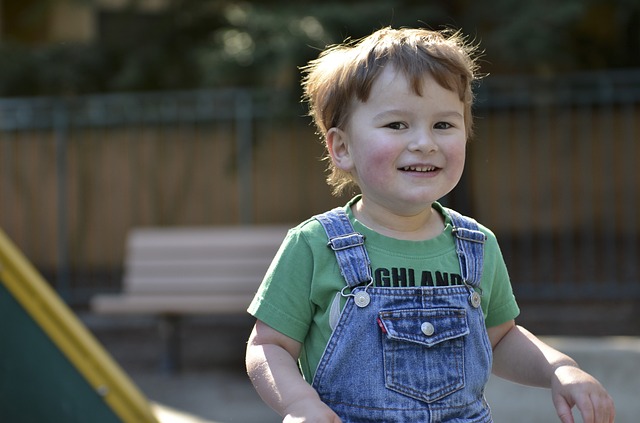Harmonizing Minds: Unveiling Music Therapy’s Role in Autism and Neurodevelopment
For neurodevelopmental disorders, music therapy has emerged as a beacon of hope, offering a unique approach to aid children with autism and similar conditions.
This comprehensive review delves into how melodies and rhythms can be more than just art. They are potent tools for harmonizing minds, enhancing communication, and engagingly and naturally fostering social skills.
As society becomes more inclusive, the demand for specialized interventions has led to the development of various autism courses, aiming to equip caregivers and professionals with the knowledge and skills to support these extraordinary minds.
Enhancing Neurodevelopmental Therapy Through Music
Understanding and supporting children with autism and other neurodevelopmental disorders has been a long and complex journey.
Over the years, various therapeutic methods have been explored to enhance these individuals’ quality of life and developmental potential. Music therapy is a convenient approach, resonating with children in a universal language that transcends words.
This modality leverages music’s intrinsic properties to stimulate communication, social interaction, and emotional growth.
Exploring such courses has expanded the accessibility of this therapeutic intervention, providing essential training and resources for those looking to integrate it into their practice.
The Essence of Music Therapy
What is Music Therapy
It is a clinical and evidence-based use of musical interventions by clinical trials Asia to accomplish individualized goals within a therapeutic relationship.
It involves using music to address individuals’ physical, emotional, cognitive, and social needs.
For children with autism and neurodevelopmental disorders, it offers a non-threatening medium of expression, allowing them to interact with the world around them more comfortably and expressively.
Core Benefits of Music Therapy
The benefits of it are manifold. It has improved verbal and non-verbal communication skills, reduced anxiety, enhanced emotional regulation, and promoted social interaction.
Moreover, it supports motor skills development through rhythm and movement activities, making it a holistic treatment approach that addresses many essential developmental areas.
Music Therapy in Action
Case Studies and Evidence
Many case studies and research results show the effectiveness of it. Children participating in these sessions often significantly improve their ability to interact with others, express themselves, and understand their emotions.
These sessions provide a structured yet flexible environment where children can explore and develop independently.
Techniques and Activities
Music therapists employ various techniques to meet each child’s needs, including singing, playing instruments, listening to music, and composing music.
The activities are meant to be fun and exciting, like play therapy, so kids will want to keep doing them.
The Role of Autism Courses in Music Therapy
The integration of autism courses online and in traditional settings has played a pivotal role in the proliferation of autism for neurodevelopmental disorders.
These courses educate professionals about autism and cover the application of techniques tailored to this demographic. As a result, the number of qualified therapists who can deliver this specialized care has significantly increased.
Moreover, the emergence of the autism training center as a hub for professional development and parent education has further solidified the foundation for it in this field.
These centers offer resources and training that enable practitioners to refine their skills and stay updated on the latest research and methodologies.
Conclusion
Autism courses have undeniably opened up new avenues for therapeutic intervention, with music therapy at the forefront of this transformative journey.
By embracing the unique strengths and challenges of children with autism and neurodevelopmental disorders, it offers a path to improved communication, social interaction, and emotional well-being.
The future holds great promise as more professionals and families recognize the value of integrating music into therapeutic practices, ensuring each child can reach their full potential in a harmonious and supportive environment.







